Here are some tips that may be helpful for you if you want to travel to Angola by car:
– In Angola you drive on the right, as in most European countries. The cars in the opposite lane will come to your left. This fact must be taken into account if you are coming from Namibia, for example, as you are driving in the opposite direction, on the left (if you want to see the driving tips of Namibia click here). You will also need an international driver’s license.
-Speed limits must be respected. Watch out for the police and always have your car papers ready. We didn’t find any radars, but we had some police checks that stopped us asking to see some car documents or “water” (in other words, money). If you are asked to stop, don’t forget to smile and be kind. It usually works. Never give money to any officer without reason, think that if you have everything in order, there is no reason for you to be fined.
– You must wear a seat belt all times and constantly check the condition of your vehicle. Bring spare parts and make sure the wheel pressure is adjusted according to the terrain you are on. Also, check your car oil and coolant often..
– Look at the type of road you are driving on and adapt the driving mode to it. Many times, these speed changes signals are also appropriate to the condition of the road. If you see that there are a lot of holes in the asphalt, reduce the speed and be careful, some of them are very big!
– Angola is a giant country. Due to the large area of land, there are not many roads that connect the different tourist spots, so sometimes you will have to travel quite a few kilometers to get to the place. Keep in mind, though, that this is not a country that stands out for many tolls, that at some point you will have to pay a toll in cash. Always have a small amount of cash and you will be able to pay the toll without any problems. For example, to cross the Kwanza River bridge, you have to pay about 500 kwanzas (about 0.80 €) or to cross the Sierra de Leba road near Lubango, you have to pay 150 kwanzas (about 0.24 €).
– The capital of Angola, Luanda, stands out for being a large metropolis full of cars at rush hour and where it’s sometimes difficult to drive in chaos. If you’re not used to it, we recommend finding accommodation with parking and moving around the city with an Uber or taxi driver. That way, you’ll save on all the queues, and you’ll also be safer, as these are cities that often don’t recommend driving at night or entering depending on which neighborhoods
– Angola is a country that you have to watch out for the supply of petrol and diesel from petrol stations. Especially in the southern part, we found that there were gas stations that had no fuel and that it took a considerable distance to find it again. At the same time, there are often queues at gas stations to catch up some petrol or diesel. So even if you’re not in reserve, whenever you find a gas station put the fuel you need, even if you have half a tank. Think that in Angola, as an oil-producing country, gasoline is very, very cheap! At the time of our trip, the price per liter was 135 kwanzas (about 0.30 €). We also recommend bringing a reserve tank or extra diposit to go safer in more remote areas as in the case of Oncocua with the tribes, Tombua which is the gateway to the Namib Desert or, Malanje, the area of Calandula Falls and the rock formations of Pungo Andongo
-Angola is a country that if you drive a tourismcar you will have to watch which roads you drive. It will be difficult to pass by the Lucira road that runs along the coast, the tourist attractions of the desert or the remote tribes of Oncocua. We recommend you that if you have to rent a car, preferably rent a 4×4, this way you will have no problems driving around the country and you will not have to watch which roads you have to pass.
– It is important that you acquire a map of the country, along with GPS-enabled maps. We worked very well with the MAPS.ME app. You can download the map by area or all the country. Above all, it’s great for crossing a big city like Luanda or Lubango (if you want to know our experience in this city, click here).
– Angola is a beautiful country to drive to, as you will find some roads that pass through spectacular scenery. For example, the costal route from Luanda to Tombua, at the gate of the Namib Desert, or the iconic roads such as Leba Mountain road or Fenda de Tundavala in Lubango. In addition, you can drive through Death Acre a la Baía dos Tigres a space created only at low tide and full moon, where you will pass between the Atlantic Ocean and the dunes of the Namib Desert. A unique experience in terms of driving on dunes, as well as in terms of landscape, spectacular!
– • When planning your route, don’t measure the way you want to do in kilometers, if not how long it will take you to do it. Angola is a country with a large expanse of land and the distances are quite long. If you want to get from Luanda to Malanje it will take you almost a whole day to get there and you will need to spend the night there, and if you want to go from Luanda to Lubango, it will take you two days going with calm. That’s why there are people who, to visit the southern part, take a domestic flight between Luanda and Lubango, and then rent another vehicle in the other city.
– As for the documentation required to enter the country with your car, it’s a country that does not work with the Carnet de Passage (CdP). Therefore, at the border you will have to issue a Temporary Import Permit (TIP) which is valid for 60 days at a cost of 6.340 kwanzas (about 9€). To make the TIP you will need to bring all the car documentation, as well as a document with photos of your vehicle of the front, back and lateral. Make a few copies just in case. Once the paperwork has been completed, you will need to pay in cash at the bank at the border. With proof of payment, they will be able to issue you the TIP. Also note that in Angola, COMESA insurance is not valid, so you will need to find local insurance for your vehicle.



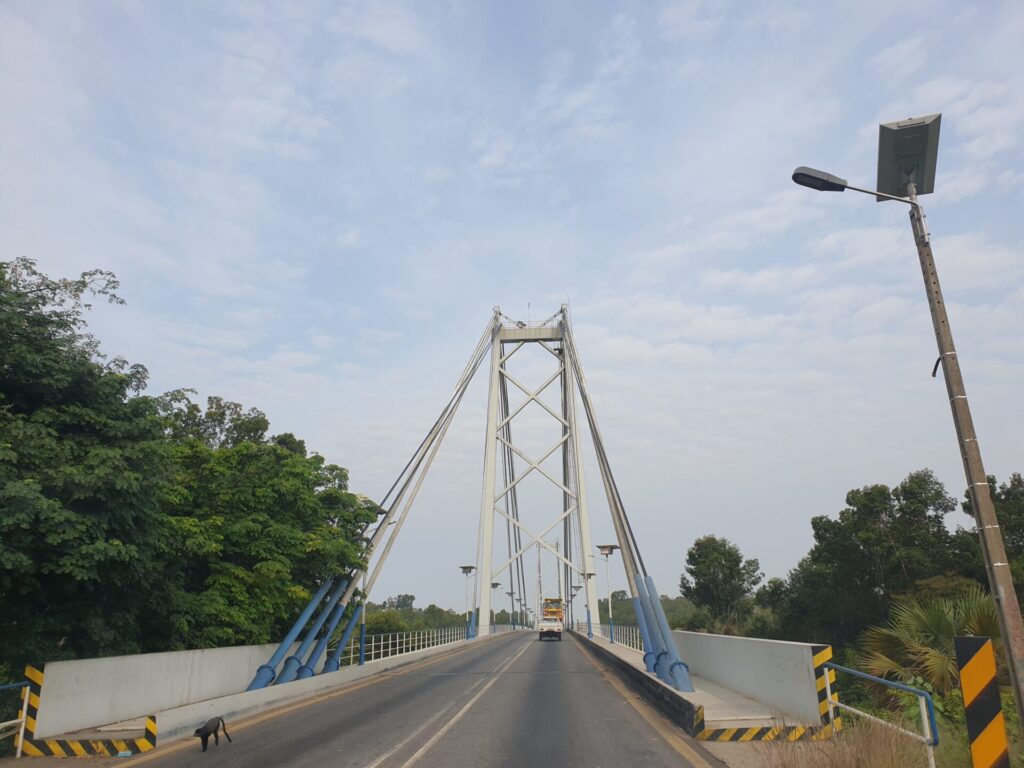
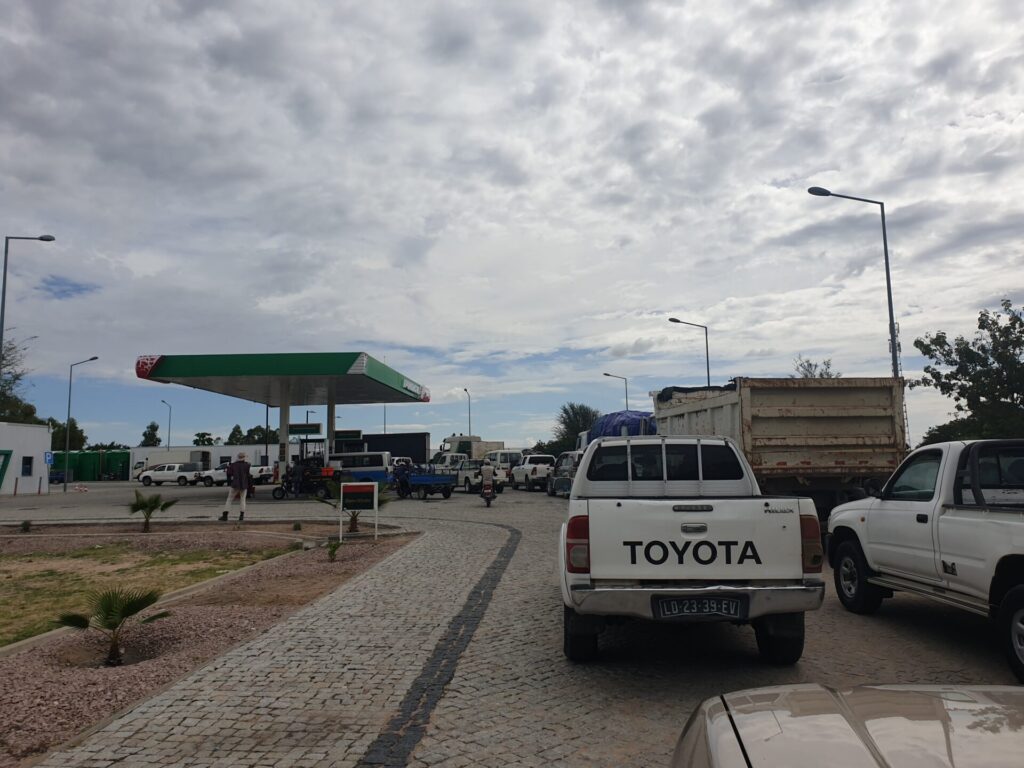
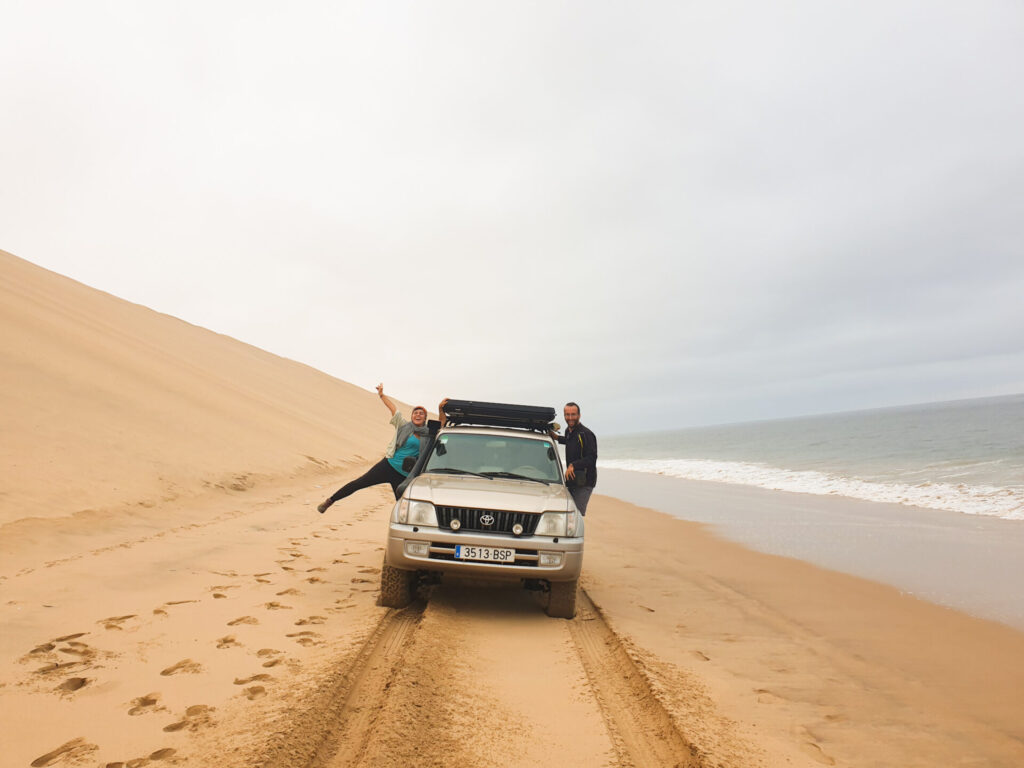
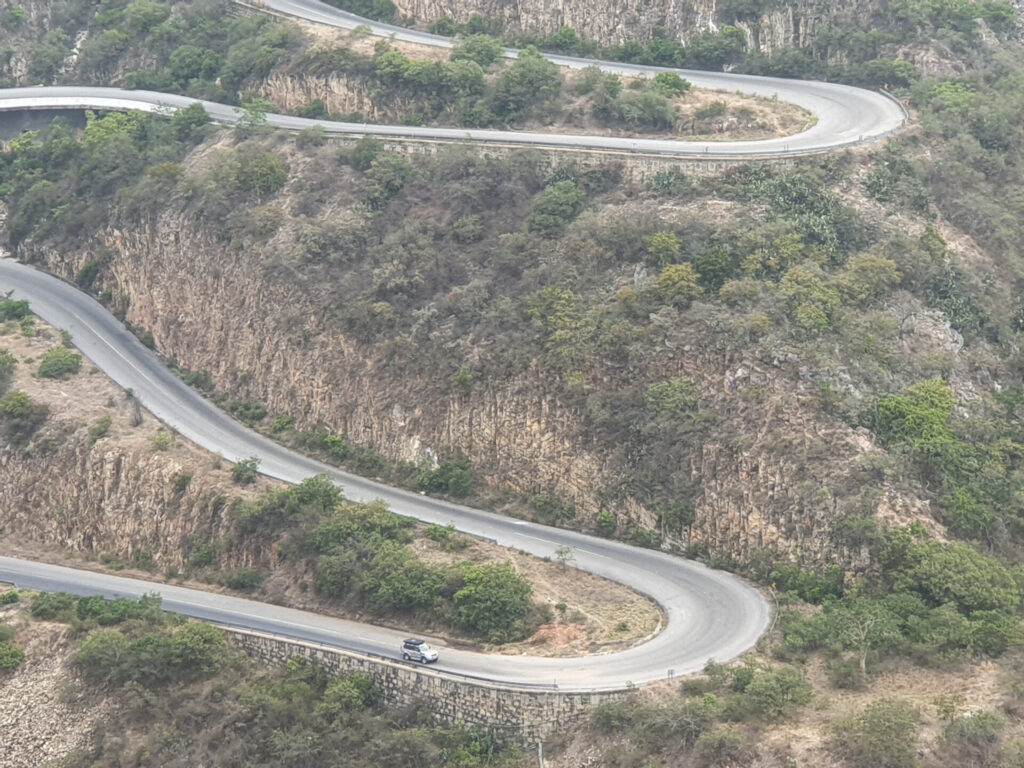
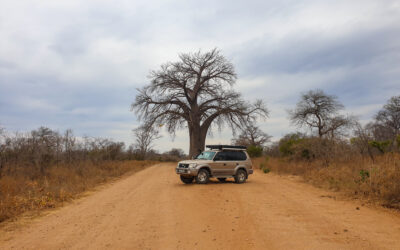



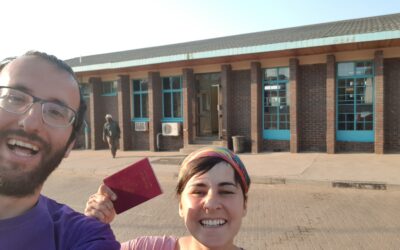
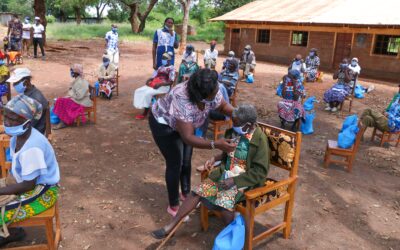



0 Comments